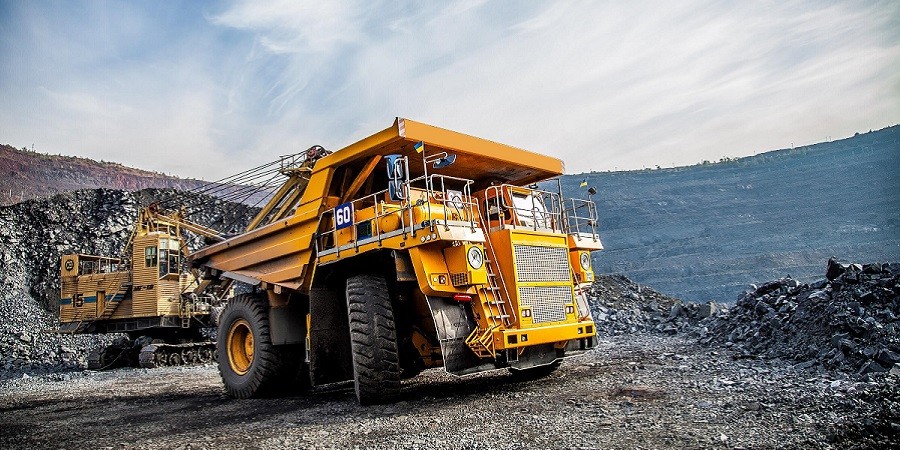We are digging, and we have always been digging. From the earliest days of human civilization to the present, the act of extracting valuable resources from the earth has been a constant. And as we look to the future, one thing is clear: we will continue to dig.
However, the way we extract minerals is undergoing a monumental shift, thanks to the Internet of Things (IoT). This is not just a subtle change; it's a complete overhaul of traditional mining practices. IoT is bringing a new era of efficiency, safety, and sustainability to mining operations.
What is Smart Mining?
Many associate smart mining with remotely operated vehicles, but wirelessly controlled machinery is only one aspect. Smart mining refers to the integration of Information and Communication Technology (ICT) solutions across the mining supply chain. It involves IoT devices, automation, advanced analytics, and AI to optimize operations, improve safety, and reduce environmental impact.
Key Applications of IoT in the Mining Industry
- Real-Time Data Monitoring: IoT sensors provide real-time data on equipment performance, worker safety, and environmental conditions, enabling predictive maintenance.
- Automated Machinery: Remote control and automation enhance efficiency while keeping workers safe from hazardous conditions.
- Resource Tracking: IoT helps track the location and quantity of resources, optimizing extraction and minimizing waste.
- Energy Management: IoT devices monitor and optimize energy usage, reducing costs and carbon footprint.
- Safety and Compliance: IoT ensures mining operations comply with safety and environmental regulations.
Challenges and Future Prospects
Despite its benefits, IoT in mining faces challenges such as high initial investment, data security concerns, and the need for skilled personnel. However, technological advancements are addressing these hurdles.
Notably, solutions like GreyCode's Smart Mining Solution are paving the way. Their approach tackles these challenges head-on, providing a secure, efficient, and cost-effective future for the mining sector.
Conclusion
The application of IoT in mining marks a pivotal shift towards a modern, efficient, and safer industry. As we continue to extract valuable resources, IoT stands as a beacon of innovation, guiding us toward a more sustainable and prosperous future.
What are your thoughts on IoT in mining? Share your opinions below!

.jpg)


.png)

.png)


